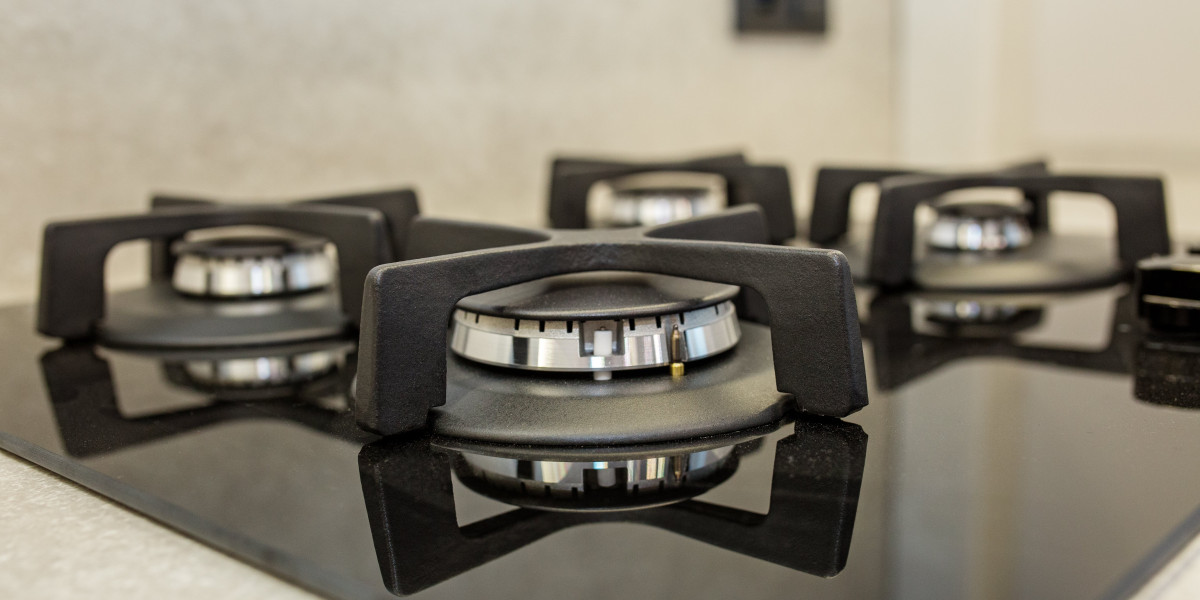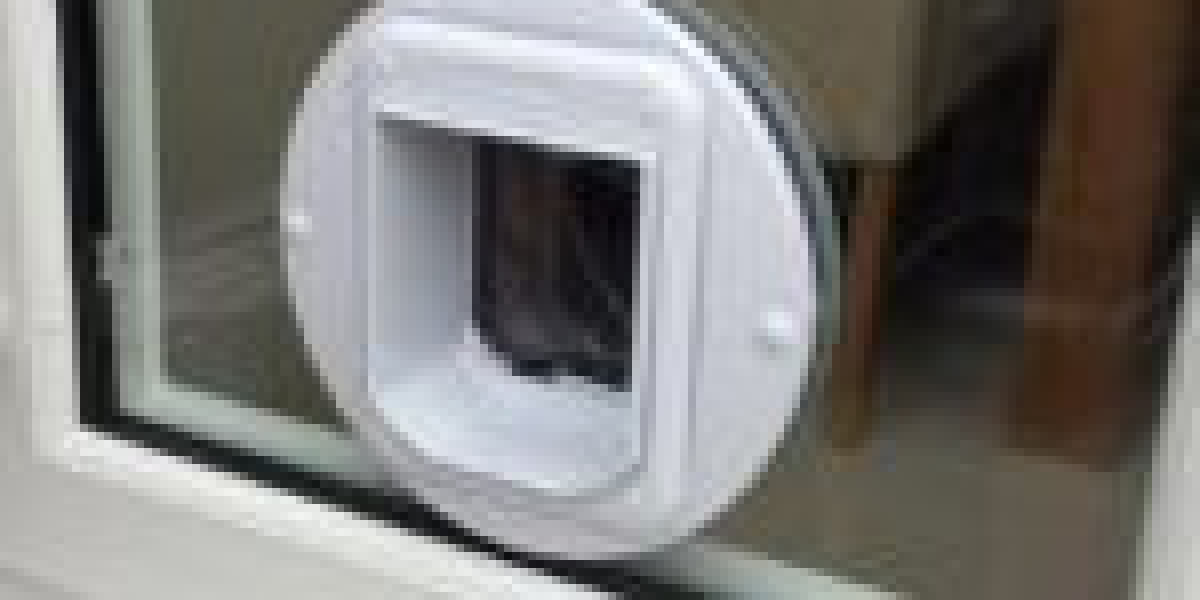
The Comprehensive Guide to Built-In Ovens: Features, Benefits, and FAQs
Built-in ovens are a popular option for modern cooking areas, providing flexibility, effectiveness, and a smooth design that integrates perfectly into cabinetry. This post will delve into the different aspects of built-in ovens, including their features, benefits, setup alternatives, upkeep suggestions, and answers to frequently asked concerns.
What is a Built-In Oven?
A built in range oven-in oven is developed to be installed within kitchen cabinetry and is available in numerous configurations, such as single or double ovens. Unlike freestanding ovens, built-in models offer a structured appearance and offer more flexibility in kitchen style. They are available in integral electric ovens, gas, and steam options, dealing with a variety of cooking preferences.

Functions of Built-In Ovens
Built-in ovens are packed with features that enhance cooking experiences. Here are a few of the most typical features to think about:
| Feature | Description |
|---|---|
| Self-Cleaning | Numerous models consist of a self-cleaning function that burns residue at high temperatures, streamlining upkeep. |
| Convection Cooking | This function uses a fan to circulate hot air, cooking food more equally and rapidly. |
| Smart Technology | Some ovens come geared up with Wi-Fi connectivity, permitting users to manage the oven remotely by means of smartphone. |
| Multiple Cooking Modes | Consist of choices such as baking, broiling, roasting, and air frying, offering adaptability for various dishes. |
| Temperature level Probe | Monitors the internal temperature level of food, guaranteeing perfectly cooked meals every time. |
| Sleek Design Options | Available in numerous surfaces (stainless steel, black, white) to match kitchen decoration. |
Advantages of Built-In Ovens
The installation of a built-in oven brings various advantages to any kitchen:
- Space Efficiency: Built-in ovens take full advantage of kitchen area, providing a tidy and organized look without compromising performance.
- Enhanced Cooking Performance: With sophisticated functions like convection cooking and precise temperature controls, built-in ovens frequently outperform standard models.
- Design Flexibility: These ovens can be set up at eye level, permitting easy access without flexing down, which can be specifically helpful for people with physical limitations.
- Enhanced Resale Value: A properly designed kitchen with premium built-in appliances may appeal to prospective buyers, boosting total residential or commercial property value.
- Customization Options: Many brands use adjustable designs that fit the particular measurements and aesthetic of specific kitchen areas.
Installation Options
When selecting a built-in oven, comprehending the installation options is vital. Here are the most common setups:
Single Built-In Oven: Ideal for smaller kitchens, these systems offer enough space to cook a variety of dishes simultaneously, best integrated ovens for daily cooking.
Double Built-In Oven: Best fit for avid cooks and large families, double ovens allow for synchronised cooking at 2 various temperature levels, suitable for meals that require diverse cooking techniques.
Mix Steam and Oven: A hybrid option that combines the advantages of conventional baking with steam cooking. This alternative is excellent for retaining wetness in foods, making it perfect for baking bread or roasting meats.
Upkeep Tips for Built-In Ovens
Keeping a built-in oven is essential for its durability and optimum performance. Here are some practical maintenance suggestions:
Regular Cleaning: Use the self-cleaning function when essential, and clean down the exterior and interior surfaces regularly to prevent grease accumulation.
Check the Seals: Inspect the Builtin Oven door seals for any wear or damage to ensure proper insulation and cooking effectiveness.
Temperature level Calibration: Occasionally test the temperature level precision using an oven thermometer, especially if cooking times appear longer than normal.
Ventilation: Ensure adequate ventilation around the oven to avoid overheating, specifically for built-in designs that might be surrounded by cabinetry.
FAQs About Built-In Ovens
1. Are built-in ovens more costly than freestanding designs?Yes, built-in ovens tend to be more costly due to their style, setup requirements, and additional functions. Nevertheless, their advantages can validate the expense in the long run.
2. Can you install a built-in oven yourself?While some convenient people may attempt to set up a built-in oven, it is recommended to hire an expert to guarantee proper installation, ventilation, and security standards.
3. What is the average lifespan of a built-in oven?The normal life expectancy of a built-in oven is around 10 to 15 years, depending upon use and upkeep. Regular care can assist extend its longevity.
4. Are built-in ovens energy effective?Numerous contemporary built-in ovens are developed with energy effectiveness in mind, including functions like insulation and accurate temperature controls that might decrease energy usage compared to older models.
5. Can a built-in oven be fixed if it breaks?Yes, built-in ovens can frequently be fixed. It is suggested to get in touch with a qualified service technician for medical diagnoses and repair work to make sure safety and compliance with warranty contracts.
Built-in ovens are an outstanding addition to any modern kitchen, providing a mix of design, functionality, and advanced cooking functions. With the right knowledge about their features, advantages, and upkeep, house owners can make informed choices to enhance their cooking experiences. As kitchen design trends continue to develop, the built-in oven remains a staple for those seeking to blend aesthetic appeals with performance in their cooking areas.







